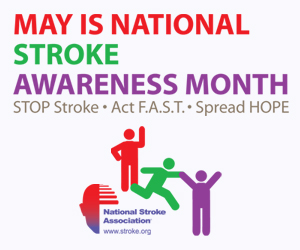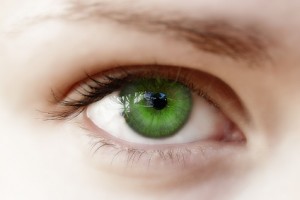Introduction
An air or gas embolism is a bubble that becomes trapped in a blood vessel and blocks it. This can lead to many different symptoms depending on where the blockage occurs. It’s one of the leading causes of death among divers.
An air or gas embolism can happen when a scuba diver surfaces too quickly from any depth. This can cause air to escape into the blood vessels from the lungs (pulmonary barotrauma) or bubbles of nitrogen to form in the blood vessels (decompression illness, or “the bends”).
An embolism can develop in an artery or vein. When an air bubble travels along an artery, it moves through a system of blood vessels that gradually become narrower. At some point, the bubble may block a small artery and cut off the blood supply to a particular area of the body.
Bubbles in the veins travel around the body and can cause breathing difficulties when they reach the lungs.
How serious is it?
The seriousness of the blockage depends on which part of the body the affected blood vessel supplies blood to and the size of the air bubble. For example, an air embolism in:
- the arteries to the brain can cause immediate loss of consciousness and may lead to seizures (fits) or a stroke – it can also cause confusion, dizziness and slurred speech
- the coronary arteries (which lead to the heart) may cause a heart attack or an abnormal heart rhythm
- a blood vessel to the lungs may cause a pulmonary embolism
These conditions are very serious and can be fatal, particularly if an air embolism is not recognised and treated promptly.
Even with treatment, some people who survive are left with permanent brain damage, although this is very rare.
Warning signs
Divers should always be carefully monitored by their colleagues and supervisors so any air or gas embolism can be immediately identified and treated.
Signs and symptoms of an air embolism can include:
- joint or muscle pains
- low blood pressure, which may cause dizziness
- an irregular heartbeat
- breathlessness and fast breathing
- blurred vision
- chest pain
- strong feelings of anxiety and itching of the skin
- a faint blue tone to the skin (cyanosis)
- bloody froth from the mouth
- paralysis or weakness, possibly of one or more limbs
- seizures (fits)
- loss of consciousness
If a scuba diver develops these symptoms within 10 to 20 minutes of surfacing, they probably have an air embolism and should be given 100% oxygen and transferred to hospital as soon as possible, preferably one with a recompression chamber.
Treating air embolisms
If a diver develops an air embolism, the only effective treatment is immediate recompression treatment in a special pressurised room called a hyperbaric chamber.
The diver should be given 100% oxygen and laid horizontally until they reach the hyperbaric chamber.
Recompression treatment involves lying in a hyperbaric chamber, usually for several hours, and breathing a mixture of gases and oxygen under pressure. The high pressure can restore normal blood flow and oxygen to the body’s tissues and reduce the size of the air bubbles in the body.
In cases of decompression sickness, the pressure forces the bubbles of nitrogen to dissolve back into the bloodstream.
After recompression, pressure is reduced gradually to allow the gases to leave the body without worsening the problem, similar to surfacing slowly from a dive. Treatment might be continued for several days depending on the severity of symptoms.
Preventing an air embolism while diving
The following advice can help reduce your risk of developing an air or gas embolism when diving.
- Limit the depth and duration of your dives.
- Come up to the surface slowly and always perform safety stops to allow any air in your tissues and blood vessels to escape safely. Use a dive computer or dive tables, and don’t dive again if you have broken these rules until you have had a suitable time at the surface.
- Don’t dive with a cold, cough or chest infection.
- Avoid rigorous exercise before, during and after a dive.
- Make sure you’re well hydrated before diving.
- If planning several dives, leave adequate surface intervals between dives to allow the nitrogen to leave your body.
- After diving, wait for 24 hours before flying or going to a higher altitude.
If in doubt, contact a dive professional or doctor, who can provide further advice.
Other causes of air embolisms
Air embolisms also occur during surgery or other medical procedures, but this is rare.
In hospitals and health centres, care should be taken to prevent this. For example:
- before injections, air should be removed from syringes and intravenous lines
- catheters or other tubes inserted into the body should be inserted and removed using a technique that minimises the possibility of air getting into the blood vessels
- patients should be closely monitored to help ensure air bubbles don’t form in blood vessels during surgery
Air embolisms resulting from surgery, anaesthesia or other medical procedures can be difficult to treat. Treatment is usually needed to support the heart, blood vessels and lungs.
For example, fluids may be used to treat a fall in blood pressure and oxygen may be given to reduce levels of other gases in the blood vessels





